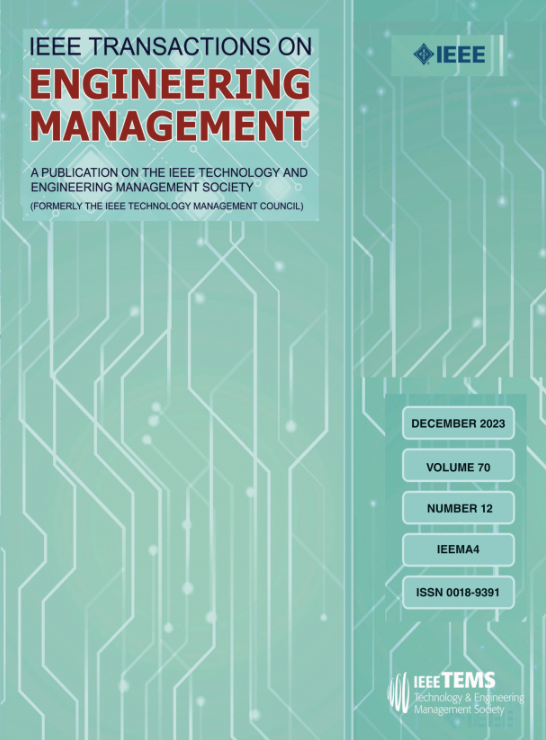持续改进中的领导行为激励与抑制
IF 4.6
3区 管理学
Q1 BUSINESS
引用次数: 0
摘要
领导者在持续改进(CI)的实施中起着关键作用。然而,对ci -促进与ci -抑制领导行为的研究仍然是碎片化的。我们的研究通过考察低成熟度与高成熟度、能力建设与价值最大化的CI实施,实证地验证并扩展了对CI领导行为的理解。在提供了一篇关于影响CI实施过程的领导行为的文献综述之后,我们进行了专家访谈,以了解举报人是否认识到这些行为。然后,我们对144名关键信息人进行了调查,实证验证了CI领导行为的相对重要性以及CI实施原型和成熟度水平的调节作用。稳健性分析包括基于工具变量的内生性处理和基于辅助数据的常用方法偏差评估。没有发现“命令和控制”行为与CI实施成功之间的总体直接关系,尽管这些行为确实根据CI实施的类型产生了积极影响。此外,“鼓舞人心的角色建模、指导和授权”行为与实现成功呈正相关,特别是在低成熟度的CI实现中,无论其原型如何。出乎意料的是,“服务”行为被发现与实施成功负相关,并且主要与低成熟度和经济驱动的CI实施原型相关。研究结果提供了重要CI领导行为的优先级排序和一种新的测量工具。我们展示了这些领导行为在不同的CI实施情况下是如何根据上下文而变化的。这种混合方法的研究回应了对CI实现的社会组成部分进行更系统的科学关注的呼吁。本文章由计算机程序翻译,如有差异,请以英文原文为准。
Enabling and Inhibiting Leadership Behaviors in Continuous Improvement
Leaders play a key role in continuous improvement (CI) implementations. However, the research on CI-enabling versus CI-inhibiting leadership behaviors remains fragmented. Our research reviews empirically validate and extend the understanding of CI leadership behaviors by examining low versus high maturity and capability building versus value maximization CI implementations. After providing a literature review focused on leadership behaviors that affect CI implementation processes, we did expert interviews to see whether informants recognized these behaviors. Then, we did a survey among 144 key informants to empirically validate the relative importance of CI leadership behaviors and the moderating effect of CI implementation archetype and maturity level. Robustness analyses comprised instrument variable-based endogeneity treatment and secondary data-based common method bias assessment. No overall direct relationship was found between “command-and-control” behaviors and CI implementation success, although these behaviors did have positive effects depending on the type of CI implementation. Also, “inspirational role modeling, coaching, and empowering” behaviors relate positively to implementation success, especially in low-maturity CI implementations, regardless of their archetype. Unexpectedly, “serving” behaviors were found to relate negatively to implementation success and were mostly relevant for low maturity and economically driven CI implementation archetypes. The results provide a prioritization of significant CI leadership behaviors and a novel measurement tool. We show how these leadership behaviors are contextually contingent upon different CI implementation situations. This mixed-methods study answers calls for more systematic scientific attention to the social components of CI implementation.
求助全文
通过发布文献求助,成功后即可免费获取论文全文。
去求助
来源期刊

IEEE Transactions on Engineering Management
管理科学-工程:工业
CiteScore
10.30
自引率
19.00%
发文量
604
审稿时长
5.3 months
期刊介绍:
Management of technical functions such as research, development, and engineering in industry, government, university, and other settings. Emphasis is on studies carried on within an organization to help in decision making or policy formation for RD&E.
 求助内容:
求助内容: 应助结果提醒方式:
应助结果提醒方式:


